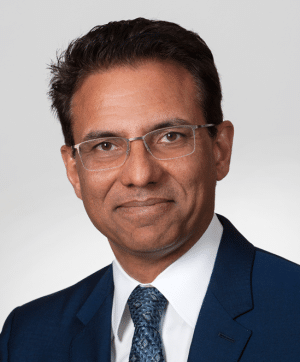
Center for Vein Restoration
7474 Greenway Center Drive (Maryland Trade Center 2)
1000
Greenbelt, MD 20770

Treatment Options For Varicose Veins
Fortunately, treatment no longer means a hospital stay or a long, uncomfortable recovery. Minimally invasive techniques allow varicose veins to be dealt with on an outpatient basis. Self-help measures such as exercising, losing weight, using compression stockings and avoiding long periods of standing or sitting can ease pain and prevent varicose veins from getting worse. Varicose veins that develop during pregnancy may improve without medical treatment within three months after delivery.
If you don’t respond to self-help or if you are one of the 60 million Americans whose condition is more severe, your doctor may advise one of these varicose vein treatments
Sclerotherapy. In this procedure, your doctor injects small- and medium-sized varicose veins with a solution that closes those veins. In a few weeks, treated varicose veins should fade. Although the same vein may need to be injected more than once, sclerotherapy is effective if done correctly. Sclerotherapy doesn’t require anesthesia and can be done in your doctor’s office.
Skin Laser procedures. Doctors are using new technology in laser treatments to close off smaller varicose veins and spider veins. Laser works by sending strong bursts of light onto the vein, which make it slowly fade and disappear. No incisions or needles are used.
Catheter-assisted procedures. In one of these treatments, your doctor inserts a thin tube (catheter) into an enlarged vein and heats the tip of the catheter. As the catheter is pulled out, the heat (laser or radio-frequency) destroys the vein by causing it to collapse and seal shut. This procedure is usually done for larger varicose veins.
Vein stripping. Because of the advent of more sophisticated technologies, this procedure is rarely performed anymore.
Ambulatory phlebectomy (flush-BEK-to-me). Your doctor removes smaller varicose veins through a series of tiny skin punctures. Local anesthesia is used in this outpatient procedure. Scarring is minimal.
Endoscopic vein surgery. You might need this operation only in an advanced case involving leg ulcers. Your surgeon uses a thin video camera inserted in your leg to visualize and close varicose veins, and then removes the veins through small incisions.
Be a cautious consumer
When it comes to treatment options for varicose veins, it pays to be a cautious health consumer. Advertisements claiming “unique,” “permanent” or “painless” methods to remove varicose veins may be appealing, but they may not actually measure up to those claims. Before undergoing any procedure, ask your doctor about any health risks and possible side effects.
Varicose veins are a presentation of underlying venous insufficiency. Treatment of venous insufficiency is covered by almost all insurance plans. The medical community realizes that the treatment of venous insufficiency is not a luxury but a necessity. Symptoms associated with venous insufficiency such as achiness of the legs, easy fatigability, etc. can be quite frustrating.
Current treatments for varicose veins and spider veins are highly successful. However it is important to realize that venous insufficiency is a “chronic” condition, hence post procedure follow up is mandatory for optimal long-term results.

















